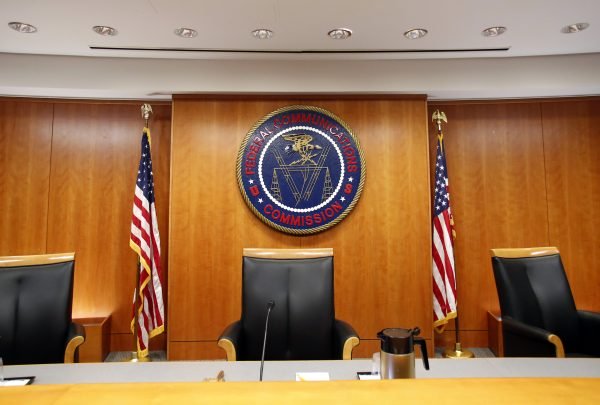
Earlier
this week, the Federal Communications Commission (FCC) launched a novel
experiment to improve the telecommunications network. To meet growing demand,
the agency has opened a new area code, 833, for toll-free numbers. But unlike
previous area code openings, the FCC will auction off 17,000 popular numbers in
this new area code. By relying on market forces, the agency can more
efficiently allocate these scarce and valuable resources by assigning them to
their highest and best use, as revealed by the bidding process.

Broke: Command and control number
assignment
The
traditional approach to allocating toll-free numbers is surprisingly complex.
The Commission has historically made numbers available on a first-come,
first-served basis to 350 Responsible Organizations (“RespOrgs”), which have
access to the master database of available numbers. Consumers interested in a
toll-free number must enlist the services of a RespOrg, which secures an
available number for the customer and administers records on the customer’s
behalf pursuant to tariffs filed with the Commission. This creates incentives
for strategic behavior by RespOrgs such as warehousing or hoarding available
numbers, which ties up these resources unproductively and leads to quicker
exhaustion of the limited supply of numbers in each area code. Historically the
Commission has tried to control this strategic behavior via regulation, which
can be costly and is not guaranteed to be effective. Moreover, assignment via a
first-in-time rule can lead to inefficient allocation of toll-free numbers, as
they flow to customers with the fastest trigger fingers, rather than those who
value the number the most.
Woke: Toll-free assignment auction
To address this inefficiency, the FCC voted last year to allocate the most popular numbers in the new area code via auction. The structure is a single-round Vickrey auction. Qualified bidders submit a sealed bid for each available toll-free number they are interested in. The highest bid wins the number, but the bidder is only required to pay the value of the second-highest bid. The single-round structure reduces the agency’s administrative costs compared to the multi-round structure used for more valuable spectrum auctions. And as the Commission notes, the Vickrey design discourages strategic bidding by encouraging a participant to bid its true estimate of a number’s value, knowing it will only have to pay the value placed on it by the runner-up.
The
obvious advantage of this approach is efficiency. Because buyers reveal their
preferences via the price mechanism, the auction helps assure that toll-free
numbers flow to their highest and best use. And although the bidding is still
handled by RespOrgs that acquire numbers on behalf of customers, there is less
incentive for strategic behavior because buyers must “put their money where
their mouth is.” Warehousing and hoarding are attractive under the
command-and-control model in part because numbers are allocated for free. By
offering this inventory for a cost, the Commission can assure RespOrgs will
only acquire numbers that are likely to attract an interested user. And of
course the auction also raises some revenue (though how much is anyone’s guess).
Bespoke: Secondary market transactions
The
833 auction order contains another innovation that might have an even greater
long-term impact than the auction mechanism. To fully realize the effectiveness
of the auction, the agency has permitted a secondary market for toll-free
numbers. Traditionally, the FCC has prohibited the selling of such numbers;
customers that are no longer interested in using a number are required to
surrender it back to the FCC. But the FCC has lifted this prohibition for
numbers purchased at auction.
As
the Commission has noted, the development of a secondary market in toll-free
numbers furthers the overall goal of putting these resources to their highest
and best use. While auctions use prices to reveal the value of a particular phone
number at the point of initial assignment, secondary markets reveal its ongoing
value over time. The phone number becomes an asset to the subscriber; if at
some point an interested buyer values the number more than its current user,
secondary markets allow the number to be reallocated. In this way, secondary
markets enhance the efficient and productive use of this scarce resource. The
secondary market is also a valuable component of an efficient auction
mechanism, as it allows auction participants to reassign property rights in
response to information learned at the auction.
Conclusion
This week’s auction may seem like a small innovation. But it represents another milestone on the FCC’s long road toward reform. Like the higher-profile spectrum auctions that the agency has launched over the past two-plus decades, the toll-free auction represents an effort to root out the vestigial inefficiencies in an outdated command-and-control regulatory system. Hopefully, the agency’s experiments with the 833 auction and secondary markets will spread to the rest of the toll-free system, unleashing the forces of competition to free one of the last pieces of the telecommunications system still held hostage by the old regime.
The post Experiments in market solutions: The FCC’s toll-free number auction appeared first on American Enterprise Institute – AEI.
